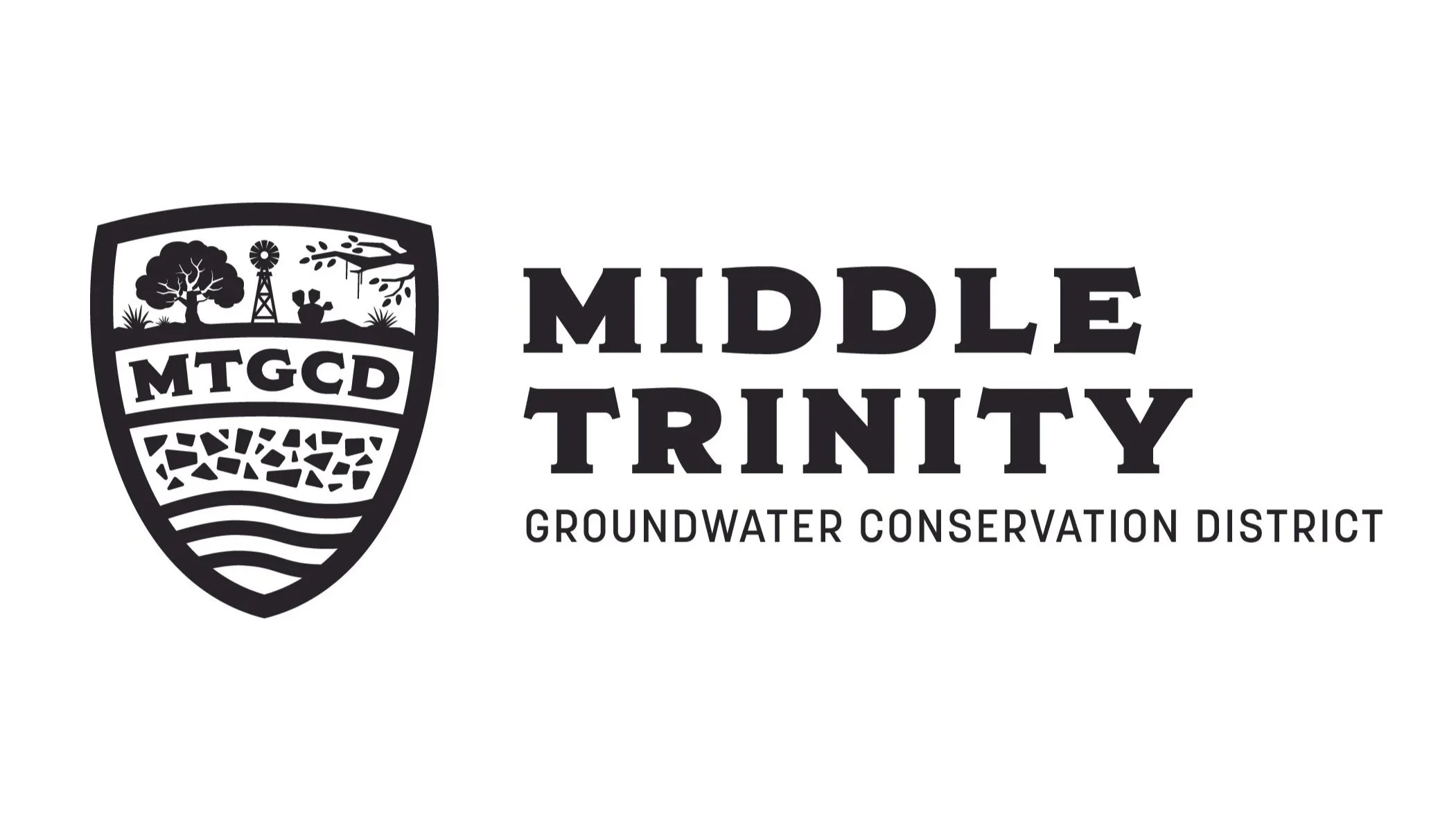What is the Ditch?
The Ditch Water Discovery Center is a 3-acre educational facility funded by the Middle Trinity Groundwater Conservation District. It exemplifies the principles of sustainable land development. Located amidst extensive commercial developments, the center offers a rare green space in a densely populated community. Every element of the center is meticulously designed to enhance public understanding and engagement with conservation practices.
Middle Trinity Groundwater Conservation District was established to conserve, preserve, and protect the quality and quantity of groundwater resources for the citizens of Bosque, Comanche, Coryell, and Erath Counties. The District strives to accomplish the important mission of groundwater preservation through various educational programs, aquifer and well monitoring, and carrying out the powers and duties under Chapter 36 of the Texas Water Code.
In alignment with the Middle Trinity Groundwater Conservation District’s mission to protect, preserve, and conserve groundwater, The Ditch integrates green infrastructure elements such as rain gardens, bioswales, and native vegetation. These features area designed to mitigate stormwater runoff, promote groundwater recharge, and reduce reliance on extensive irrigation. At the center of the facility, visitors can observe the riparian area below from a restored 1900s steel truss bridge, which connects to the learning center classroom. The classroom is engineered to achieve net-zero energy status through the use of solar power. The design of the center incorporates reclaimed materials, including Thurber bricks sourced from Stephenville streets for the entry plaza, porches, and breezeway, as well as reclaimed wood cladding the walls. Rainwater harvested from the center’s roof is utilized for onsite irrigation. Additionally, the north side of the property features an approximately 1-acre prairie restoration project enhances wildlife habitat, provides erosion control, offers carbon sequestration opportunities, and contributes to stormwater management. The facility also includes displays of a single-span irrigation pivot and a 1924 Chicago Aermotor windmill, both inspired by the region’s agricultural heritage, offering insights into the historical evolution of groundwater well pumping and irrigation techniques.





